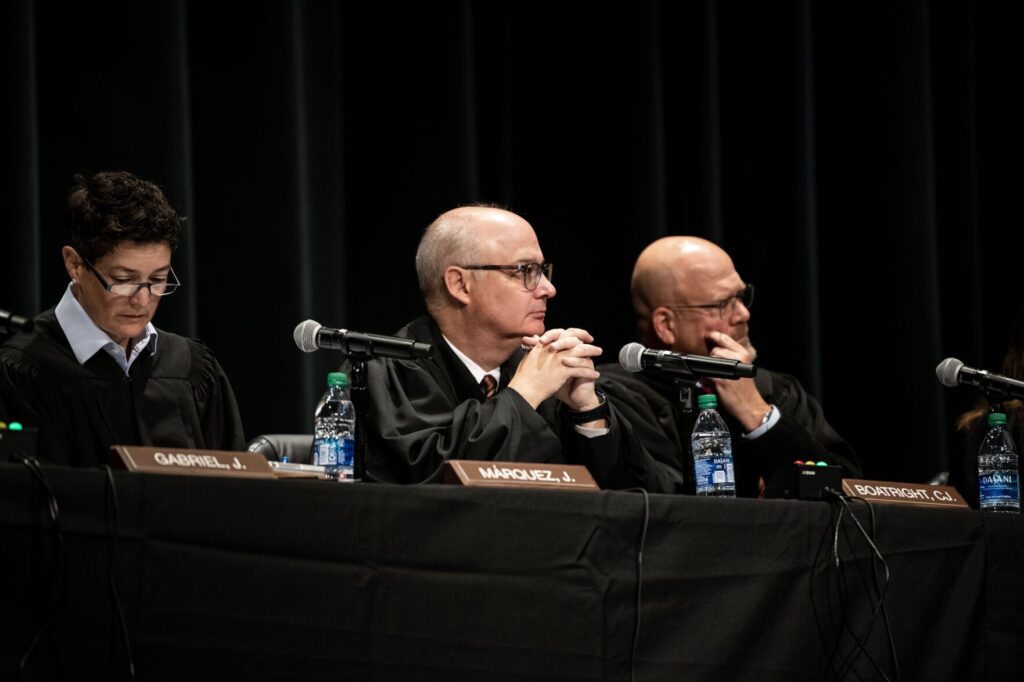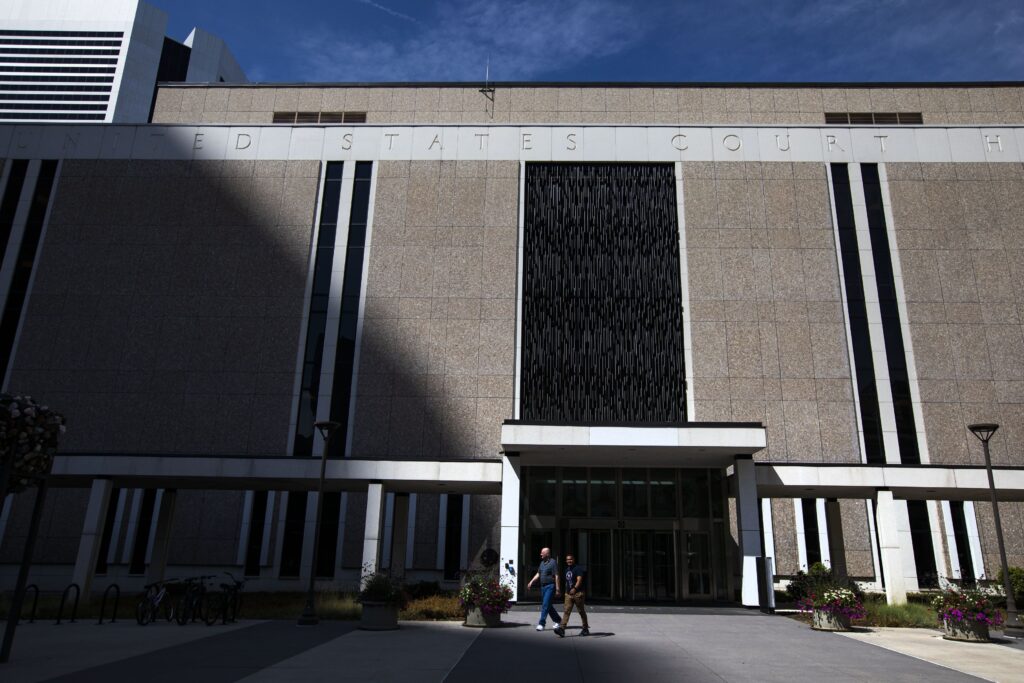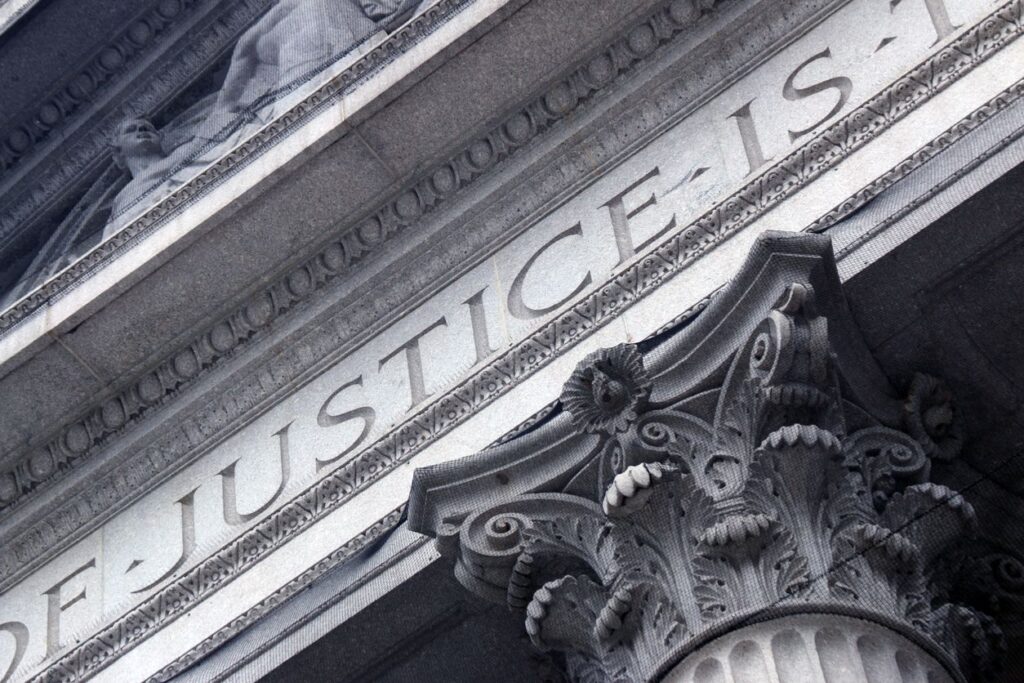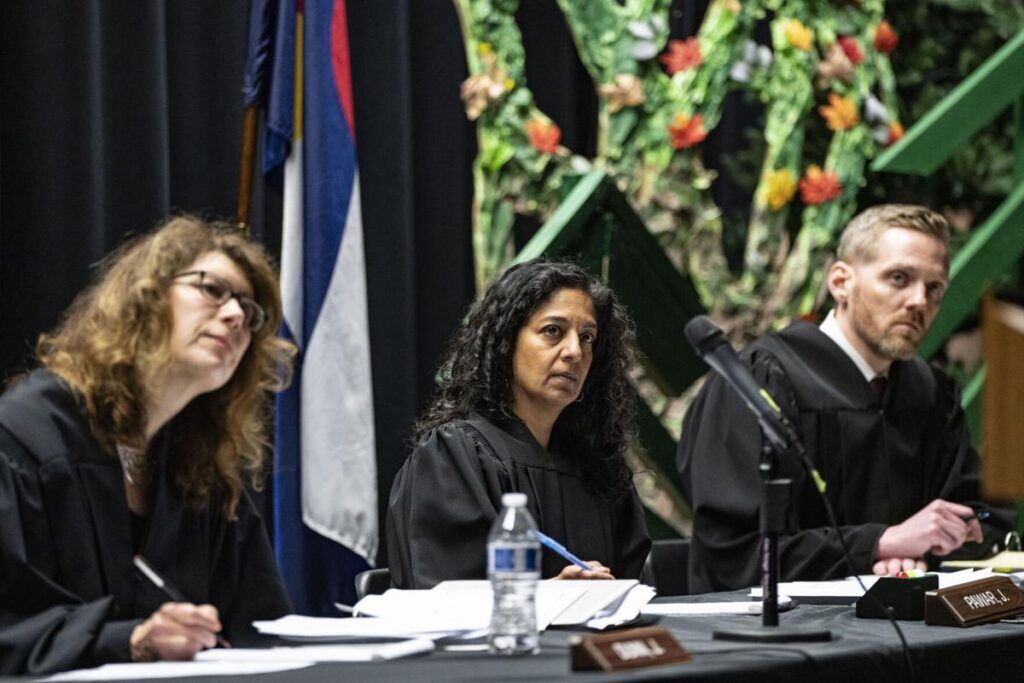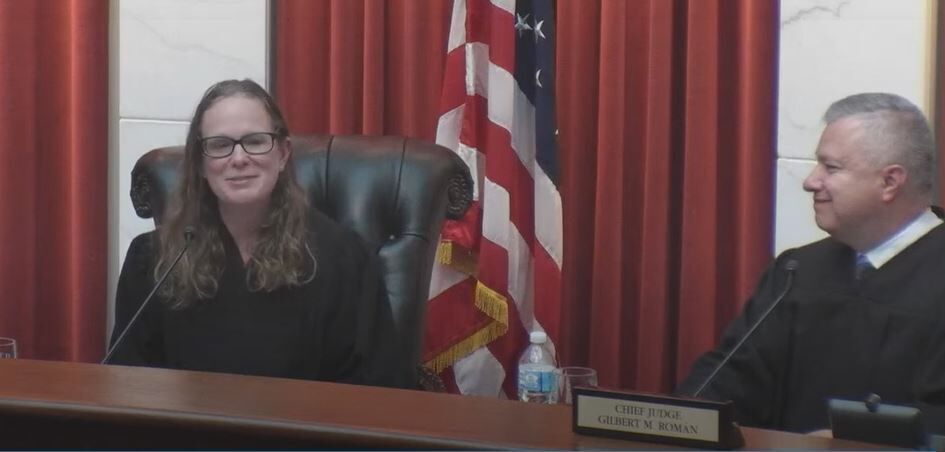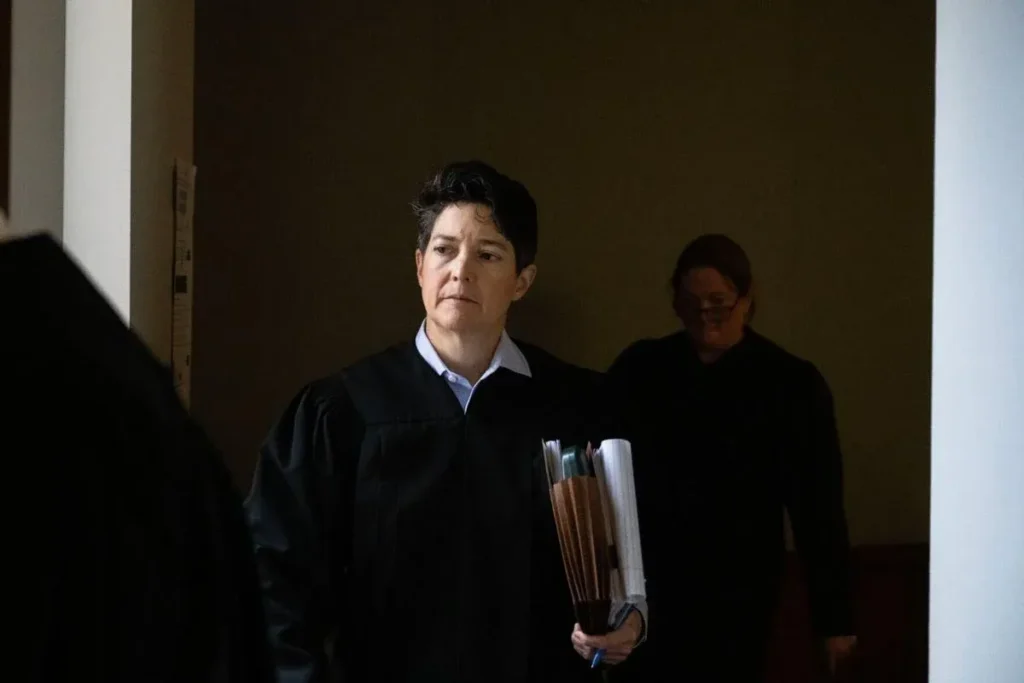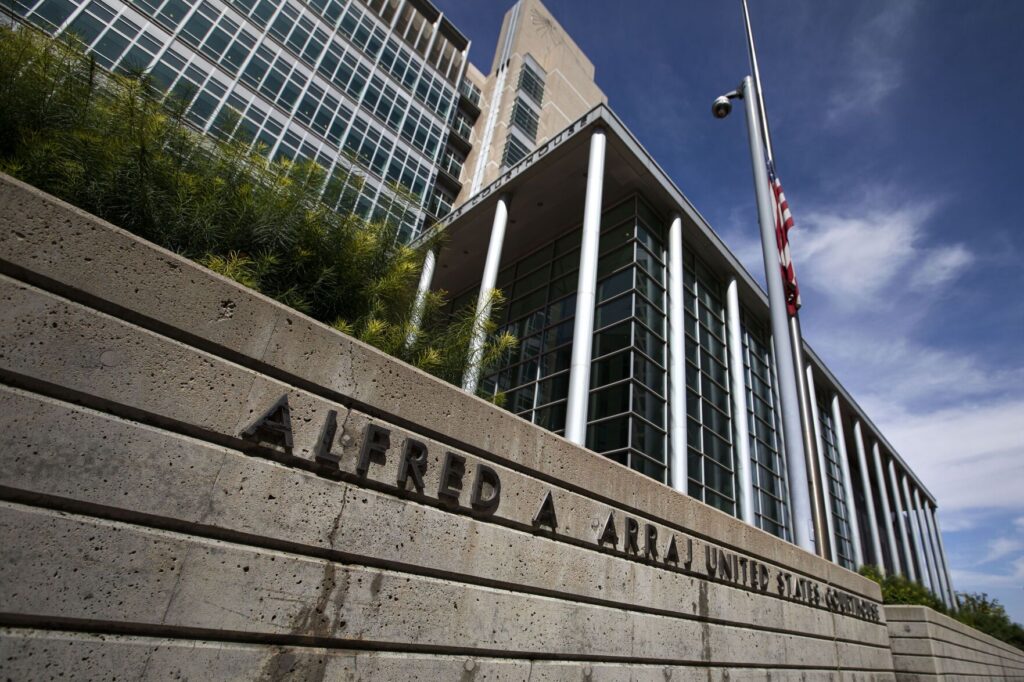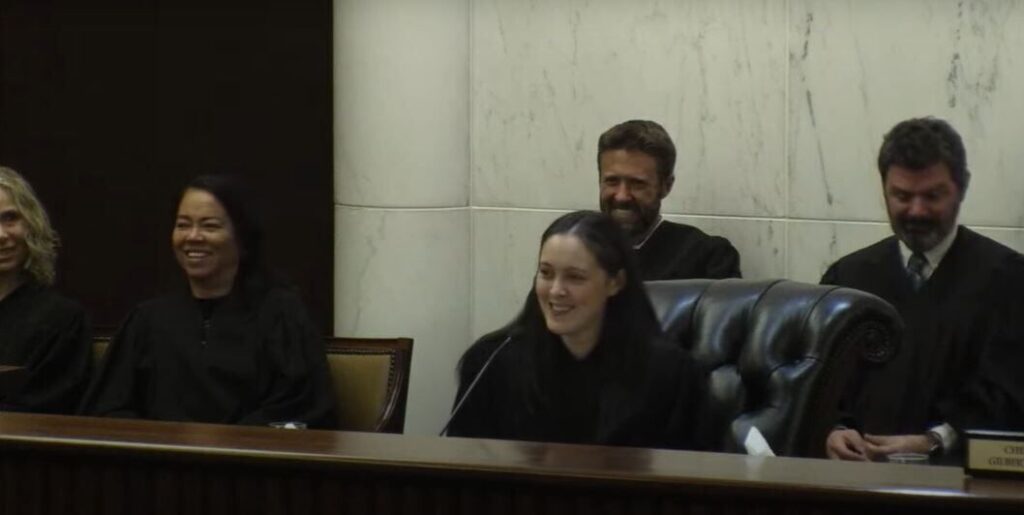Assault, murder convictions reversed in 2 cases for judges’ errors
Colorado’s second-highest court on Thursday reversed two sets of criminal convictions because trial judges gave improper instructions to jurors or incorrectly allowed damaging evidence to be heard.
In the first case out of Jefferson County, jurors convicted Clinton Eugene Priest of murdering and assaulting Robert Miller after the two men got into a physical confrontation outside a bar. A grainy surveillance video captured the men’s movement, but did not illustrate precisely what happened. Priest is serving 48 years in prison.
Priest asserted he acted in self-defense. Consequently, the prosecution asked that the self-defense jury instruction include two exceptions: that Priest was not entitled to the defense if he was the initial aggressor or if he provoked the altercation. In granting the request, District Court Judge Jason Carrithers summarized the video.
“A person — reasonably concluded as Mr. Priest — got into a vehicle, started to drive, stopped, got out of the vehicle, some sort of altercation occurs,” he said. “Someone gets back in the vehicle — again, still presumably Mr. Priest — and drives off.”
From that, he believed “some evidence” supported the notion Priest was either the initial aggressor or the provocateur. The prosecution, in closing argument, called Priest “the one who instigated this.”
A three-judge panel for the Court of Appeals rejected the government’s argument that a “reasonable interpretation” of the surveillance video could paint Priest as the one responsible for starting the assault.
“The altercation is barely visible,” wrote Judge Anthony J. Navarro in the Aug. 1 opinion. “And no other evidence was presented at trial that could support giving the instructions.”
Because Priest’s only defense was self-defense and the exceptions listed in the instruction had a “strong potential” of steering jurors toward finding Priest was the aggressor, the panel ordered a new trial.
The case is People v. Priest.

The Jefferson County Administration & Courts Facility in Golden, known as the “Taj Mahal.” (iStock)
In the second case out of Denver, jurors convicted John Alexander Ramirez of multiple assault charges. The alleged victim told police Ramirez struck her, then took her knife and cut her. However, the victim did not generally cooperate in the investigation and did not appear at trial to testify.
The prosecution played for jurors the body-worn camera footage of the responding officer speaking with the victim. Her dialogue was largely muted, but jurors could observe her behavior. The prosecutor asked the officer some questions about what the victim did or did not agree to do.
Ramirez, representing himself, followed up with a handful of questions about what the victim told the officer. In response, the prosecution asked for the unredacted video to be played because Ramirez “opened the door” to the evidence.
The concept of opening the door is based on the idea that one party cannot selectively present inadmissible evidence and create a misleading impression. If they do so, the other side can correct the misimpression by introducing necessary details.
The victim’s out-of-court statements on the video were hearsay, meaning they were offered to prove the truth of what happened and were inadmissible. However, District Court Judge David H. Goldberg permitted the whole video to be played because Ramirez asked “a question” about what she said.
As a result, jurors heard the victim repeatedly accuse Ramirez of punching out her teeth, describe how he “sliced” her with a knife, say Ramirez “put his hands around my throat” and suggest he had prior drunk driving offenses.
The same Court of Appeals panel that decided Priest’s appeal also concluded playing the unredacted video in Ramirez’s case was improper. Neither the prosecutor nor Goldberg identified any misleading impression Ramirez provided to jurors by asking the officer about what the victim had said.
“To reiterate, the purpose of the opening the door concept is to prevent one party from gaining and maintaining an unfair advantage by the selective presentation of facts,” Navarro wrote. “In this case, however, the trial court’s ruling seemed to rest on the misunderstanding that, after one party elicits a portion (even, a small portion) of a hearsay conversation, the opening the door doctrine automatically authorizes the opposing party to elicit the entire hearsay conversation.”
Navarro slammed the Colorado Attorney General’s Office for its “puzzling” arguments about why Ramirez’s questions required the full video to be played. For example, Navarro pointed out the video did not contradict the information jurors heard from the officer about the knife.
“In short, the evidence of the victim’s statements to the police was the strongest and most direct evidence of Ramirez’s guilt,” he concluded.
The panel ordered a new trial.
The case is People v. Ramirez.


